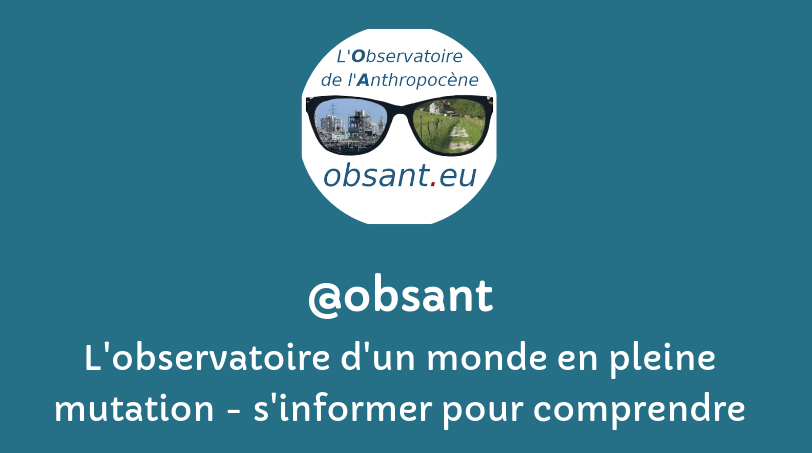Les champs auteur(e)s & mots-clés sont cliquables. Pour revenir à la page, utilisez le bouton refresh ci-dessous.
filtre:
El
Purpose Animal emissions account for nearly 60% of total greenhouse gas emissions from the livestock sector. To estimate these emissions, the Food and Agriculture Organization of the United Nations (FAO) developed a dedicated module within the Global Livestock Environmental Assessment Model (GLEAM). Although previous studies have explored selected inputs for specific animals and emission types, a comprehensive analysis of all 92 inputs (parameters and emission factors) had not been conducted. This study aimed to identify the most influential inputs affecting ruminant emissions in GLEAM.
Trump’s dictator-like behaviour is so brazen, so blatant, that paradoxically, we discount it. But now it’s time to call it what it is
The 511 billion barrels reported is nearly double Saudi Arabia’s proven reserves and more than ten times the North Sea’s output over the last 50 years.
The Atlantic meridional overturning circulation (AMOC) is an important tipping element in the climate system. There is a large uncertainty whether the AMOC will start to collapse during the century under future climate change, as this requires long climate model simulations which are not always available. Here, we analyze targeted climate model simulations done with the Community Earth System Model (CESM) with the aim to develop a physics-based indicator for the onset of an AMOC tipping event. This indicator is diagnosed from the surface buoyancy fluxes over the North Atlantic Ocean and is performing successfully under quasi-equilibrium freshwater forcing, freshwater pulse forcing, climate change scenarios, and for different climate models. An analysis consisting of 25 different climate models shows that the AMOC could begin to collapse by 2063 (from 2026 to 2095, to percentiles) under an intermediate emission scenario (SSP2-4.5), or by 2055 (from 2023 to 2076, to percentiles) under a high-end emission scenar
Scientists say ‘shocking’ discovery shows rapid cuts in carbon emissions are needed to avoid catastrophic fallout
This article examines the technocentric bias that characterizes climate mitigation literature, focusing on the reports of the IPCC's Working Group III. This bias stems from structural features of the scientific field that prioritizes innovation, leading to the overrepresentation of technological solutions in climate research. Funding mechanisms further reinforce this tendency by incentivizing collaboration with industrial R&D, creating a self-reinforcing loop in which scientific authority and industrial interests converge. The IPCC's institutional positioning—as a policy-relevant yet politically cautious body—amplifies this dynamic by favoring allegedly “cost-effective” technological pathways that lack practical feasibility.
The long read: Churning quantities of carbon dioxide into the atmosphere at the rate we are going could lead the planet to another Great Dying
Some experts tee up public comment on EPA report calling fossil fuel concerns overblown, as others fast-track review
The author of Empire of AI: Inside the Reckless Race for Total Domination discusses the cost of Big Tech’s huge investment in technologies that may do more harm than good
The world is losing fresh water at an unprecedented rate, two decades' worth of satellite data has revealed. Measurements from NASA's twin GRACE satellites and GRACE follow-on missions have shown that since 2002, the amount of land suffering from water loss has been increasing year on year by twice the area of the state of California. That includes the loss of water from surface reservoirs such as lakes and rivers and underground aquifers, which are an important source of drinking water around the globe.
The White House has instructed NASA employees to terminate two major, climate change-focused satellite missions. As NPR reports, Trump officials reached out to the space agency to draw up plans for terminating the two missions, called the Orbiting Carbon Observatories. They've been collecting widely-used data, providing both oil and gas companies and farmers with detailed information about the distribution of carbon dioxide and how it can affect crop health.
An epic analysis of 5,000 years of civilisation argues that a global collapse is coming unless inequality is vanquished
Writer says for many years he has refused to use word but now must ‘with immense pain and with a broken heart’
As civilization advanced, humans developed tools that allowed us to shield ourselves from the natural cycles that once defined our lives. Fire helped us escape the cold. Irrigation let us shape landscapes around our needs. Walls and weapons kept predators at bay. Over time, these inventions accumulated into infrastructure, then ideology. The more protected we became, the more separated we felt...
The constant deluge of bad news about rising global temperatures and their impacts can make it feel like the world is ending. Is it?
Exclusive: Study claims sites previously ranked first can lose 79% of traffic if results appear below Google Overview
Healthy environment a human right, UN court says in landmark climate ruling
António Guterres says ‘sun is rising on a clean energy age’ as 90% of renewable power projects cheaper than fossil fuels
I am writing this message to the millions of people who have been involved in the climate movement over the past several years. This movement has been an incredible force, thanks to your courage, passion and commitment. It has created a new public consciousness and a powerful sense of popular will. These are major achievements. And yet it is clear that we have now reached an impasse and a new path is needed.
For the last 80 years, Thwaites has been losing more water through melting than it’s been gaining in snow.Half a metre of sea-level rise would submerge large parts of Asia’s coastal cities including Manila and Bangkok, as well as sizeable chunks of the Netherlands and the east of England. It’s also half of the sea-level rise needed to begin flooding Manhattan.
![]()



